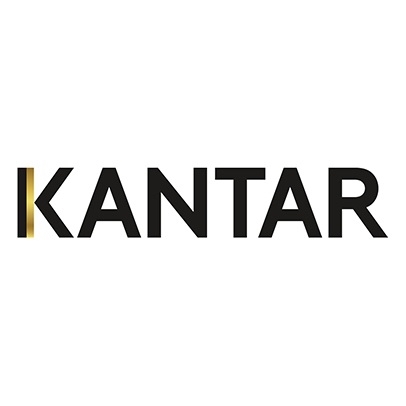Here’s How Kantar Analytics Is Leading Brands Back To Advertising
Here’s How Kantar Analytics Is Leading Brands Back To Advertising

For the past few months the uncertainly of the ad market may seem greater than the challenge to reconnect with consumers, but using data to get a better sense of how they feel and think can lift potential roadblocks.
The three most important questions that brands should be considering are: how consumer shifts in behavior to forecast demand, how much marketers should initially spend to reach customers, and what type of messages will customers expect.
“The shift of uncertainty is greater than we’ve previously seen it,” said Andy Hawkins, director of data analytics and analytics practice at Kantar. “The impact between industries also is quite different and greater than in the past.”
Marketers may depend largely on audience segments, but when it comes right down to it, consumers are individuals with distinct experiences.
Those experiences combined with the amount of revenue they generated through this ordeal will make a major difference on how they reconnect with brands.
Hawkins says that combining all these variables using data and technology can aid marketers in beating the odds. In recent weeks, Kantar launched a weekly barometer across 45 global markets, sort of a check-in to see what people think about COVID-19. Data being used also comes from social and search. Barometer is a survey fielded to more than 30,000 consumers globally and is being combined with data from search and social by those in Kantar’s analytics practice for deeper insights and understanding.
It analyzes questions about consumer confidence and what they expect from brands before trusting and buying from them again — something that is changing, he said.
During the recovery phase it will become important to know how they feel about returning to brick-and-mortar stores, eating in restaurants or bars, and going to movie theaters or other types of entertainment venues.
“If we can identify what people are thinking and expressing on social media, and searching for online in real time it becomes very responsive,” he said. “We also can bring in a host of third-party data such as macroeconomic.”
The analytics team also works with futurologists in the Kantar consulting division were they understand qualitatively what happens in different markets, from Manhattan to the smallest towns in Wyoming and Montana.
The data helps brands forecast demand in specific areas of the world, whether manufacturing or services, which is related to the amount of income and pent-up demand. Understanding these dynamics and behavioral changes during COVID-19 will help brands understand how to plan their future, Hawkins said.
Search data plays an interesting role as the U.S. emerges from the COVID-19 lockdown because it identifies trust and focuses on the places people want to start traveling.
Local tourism boards are now curious to know when they should start advertising again, especially in locations where COVID-19 has not had a major impact, said Stefan Lysak, principal and product commercialization, analytics practice at Kantar.
(3)

